recreating a Colonial garden
User
16 years ago
Related Stories
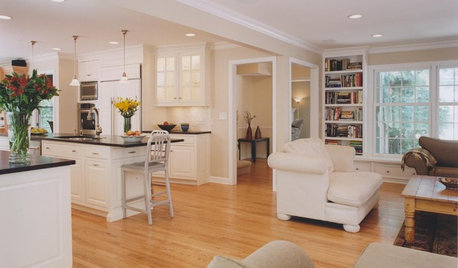
REMODELING GUIDESRenovation Ideas: Playing With a Colonial’s Floor Plan
Make small changes or go for a total redo to make your colonial work better for the way you live
Full Story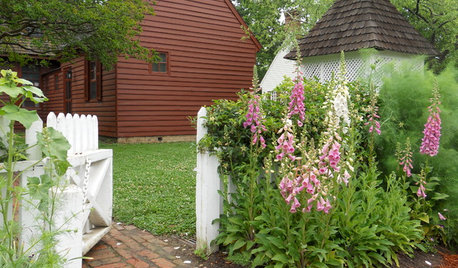
INSPIRING GARDENSSpring Garden Ideas From Colonial Williamsburg
Discover old-time resourcefulness — how gardeners worked the land, used local materials and more — to apply to your landscape today
Full Story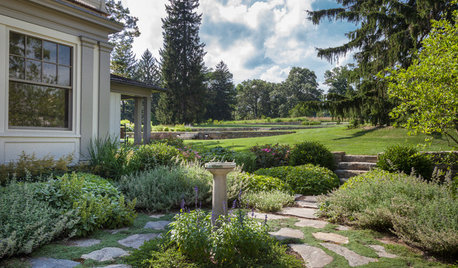
TRADITIONAL HOMESHouzz Tour: Connecticut Farm Restored for Generations to Come
A man renovates his extended family’s stately farmhouse and land. Sustainable practices are used in gardens, wetlands and recreation areas
Full Story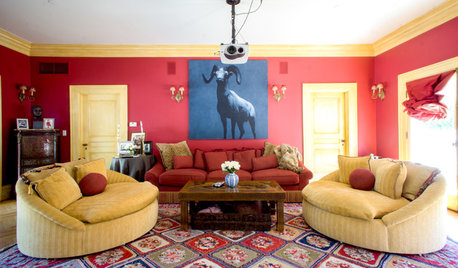
COLORFUL HOMESMy Houzz: A 1904 Georgian Colonial Gets a Personal Stamp
Art with a sense of humor rubs elbows with 17th-century features in a 7-bedroom home in a tony Silicon Valley neighborhood
Full Story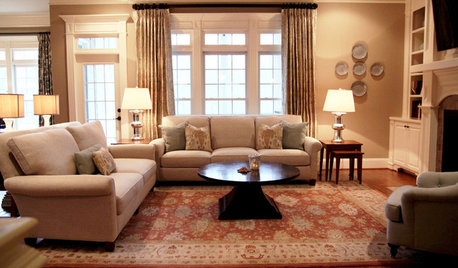
HOUZZ TOURSMy Houzz: Elegant Colonial in North Carolina
Sophisticated yet sturdy enough for kids, this Raleigh colonial has a calming and comfortable feel
Full Story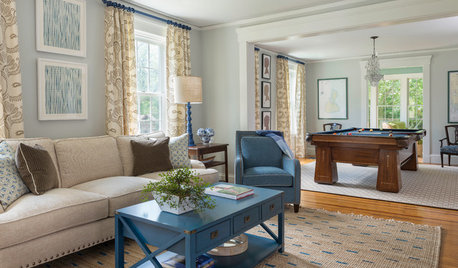
DECORATING GUIDESSwitching Up a Colonial Home to Suit a Modern Family
Floor plan labels are thrown out the window as a designer helps a family shape rooms to fit the way they live
Full Story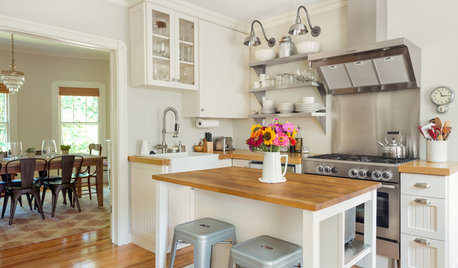
HOUZZ TOURSMy Houzz: Bright and Cheerful Updates to an 1890s Colonial Revival
Modern tweaks, including a kitchen overhaul, brighten a family’s home
Full Story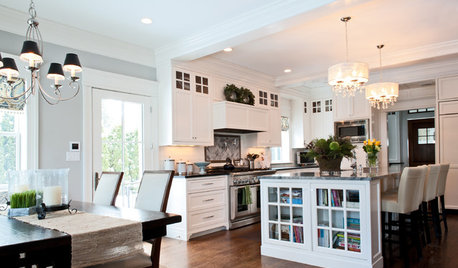
HOUZZ TOURSMy Houzz: Goodwill and Good Taste in a Grand Colonial
Welcoming the community for charity fundraisers and more, this Massachusetts home radiates graciousness
Full Story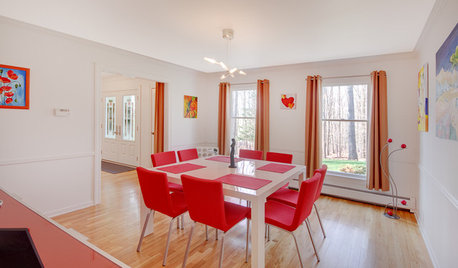
HOUZZ TOURSMy Houzz: Contemporary Colonial in New Jersey
A family of four makes a home their own with plenty of room for art and play
Full Story
DECORATING GUIDESGet the Look: British Colonial Style
Mix a far-flung empire with adaptive travelers and what do you get? The ultimate blending of global styles at home
Full StoryMore Discussions






sylviatexas1
nwnatural
Related Professionals
Wrentham Landscape Architects & Landscape Designers · Woburn Landscape Contractors · Vineyard Landscape Contractors · Goldenrod Landscape Contractors · Wichita Siding & Exteriors · Boulder Siding & Exteriors · Colorado Springs Siding & Exteriors · Milwaukee Siding & Exteriors · Bay City General Contractors · Evans General Contractors · Harvey General Contractors · Jeffersonville General Contractors · Kemp Mill General Contractors · Riverdale General Contractors · Waipahu General Contractorsginny12
Ina Plassa_travis
delrev225th
doriang
UserOriginal Author
lynnt
Ina Plassa_travis
keedys_bellsouth_net
annabelle13
ginny12